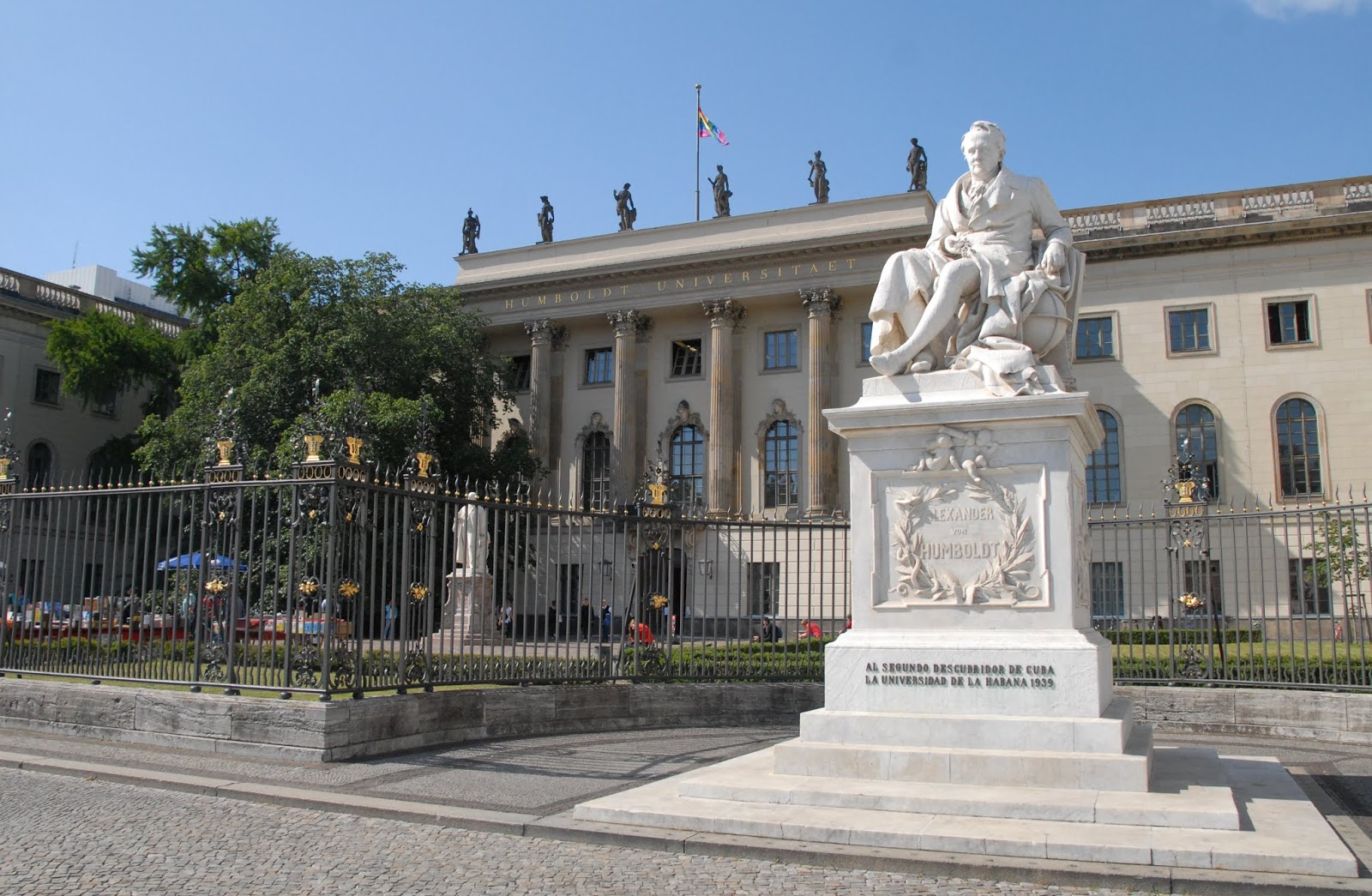We've found the 100 bus, which will link from near the hotel to Potsdamer Platz, or to Unter den Linden, both of which we took advantage of today.


We walked about 2 blocks to a bus stop, and took the bus to one stop past Potsdamer Platz. From here it's a short walk down to Friedrichstraße and Checkpoint Charlie. On the way, we passed a yard full of Trabant cars. The 'Trabi' was produced in the East during the Cold War, and was the only car East Berliners could get. They were renowned for their lack of power and their unreliability, but they are today used for a gimmicky tour through Berlin!


When we were here in 1980, we went through Checkpoint Charlie to enter East Berlin. This was the time when the Berlin Wall was a major part of the city, and crossing over to the East took you into a totally different, repressed world. Totally different today. Checkpoint Charlie is now a tourist bonanza for the Berliners. Couldn't resist taking a couple of photos!
Just round the corner is a superb display of what it was like when the Wall was there. The artist Yadegar Asisi has produced a 360° virtually life-size panorama that gives you a good idea of what the scene was like — and of course, we remember it from 1980!
We then walked back towards Portdamer Platz, passing on the way the huge Berlin Mall. Went in, found a place to have some lunch, and then of course we had to have an ice cream from the Al Teatro Eiscafe!





Across Potsdamer Platz, we found the Sony Centre. What a magnificent building! We went there to find Legoland, intending to get a few ideas for Ashwyn — that was until we discovered the prices they charged for entrance! So we looked at the large giraffe outside, and went back to Potzdamer Platz, where there was an interesting exhibit on display near the Metro station there. There were was a wall there, with 6 large contiguous pieces from the Berlin Wall on each side, separated by panels with the history of the Wall. The artwork on the Wall segments has proven irresistible to the modern Berliners. We were intrigued by the stony texture each piece seemed to have. On closer inspection, we found that modern-day artists have continued to add to the murals — with chewing gum! Just shows how much they "respect" the Wall!

We then walked past a park with a statue of Ampelmann — or, more properly, Ampelmännchen (little traffic light man), the symbol shown on East German pedestrian signals prior to reunification, and which has now acquired cult status in Berlin and become a popular tourist souvenir item. (Later on we even found an Ampelmann shop down Unter den Linden!)



We walked up through the parkland to The Memorial to the Murdered Jews of Europe, aka The Holocaust Memorial. It consists of a 19,000 m2 site covered with 2,711 concrete slabs or "stelae", arranged in a grid pattern on a sloping field. The stark appearance of this field of what could almost be seen as plain grey tombstones really brings you face to face with the horror of what happened between 1936 and 1945!


We then moved on to the Brandenburg Gate. This 18th century monument was caught up in the Cold War, and the surrounding area became the no-man's-land, part of the Berlin Wall. When the Wall fell on December 22, 1989, the Gate was again opened for free access, and has become a major symbol of peace and reunification in Germany!
We walked through the Gate and continued down the famous avenue Unter den Linden — characterised since 1647 by multiple rows of silver linden trees, and since then the place for people to be seen promenading and relaxing. It's not so formal now, but is still a lively place to walk down.
As we were walking, we noticed the Fernsehturm (television tower), constructed during the cold war by the East Germans and intended to be both a symbol of Communist power and of the city. We were approaching it from the west, and the afternoon sun was hitting it. When it was first erected, the West Berliners noticed that during the afternoon, from their side of the wall, the sun reflecting in the metal formed a perfect cross and, in typical Berliner fashion, nicknamed the cross "Rache des Papstes" ("the Pope's revenge").
We reached the Berlin Staatsoper Unter den Linden and, opposite, the Humboldt University. We found there was a very impressive book market going on in the University grounds. Suzie actually found a paperback she wanted to read — by Alexander McCall Smith — and at the princely sum of €1 (about $1.60), she was happy with her purchase!



We decided we had just about walked ourselves out for the day. We were happy to find that there was a bus stop for the 100 bus very near the University, and we happily caught one and took it back to where we had started off, near the hotel, for the short walk back there. And so endeth the expedition!











No comments:
Post a Comment